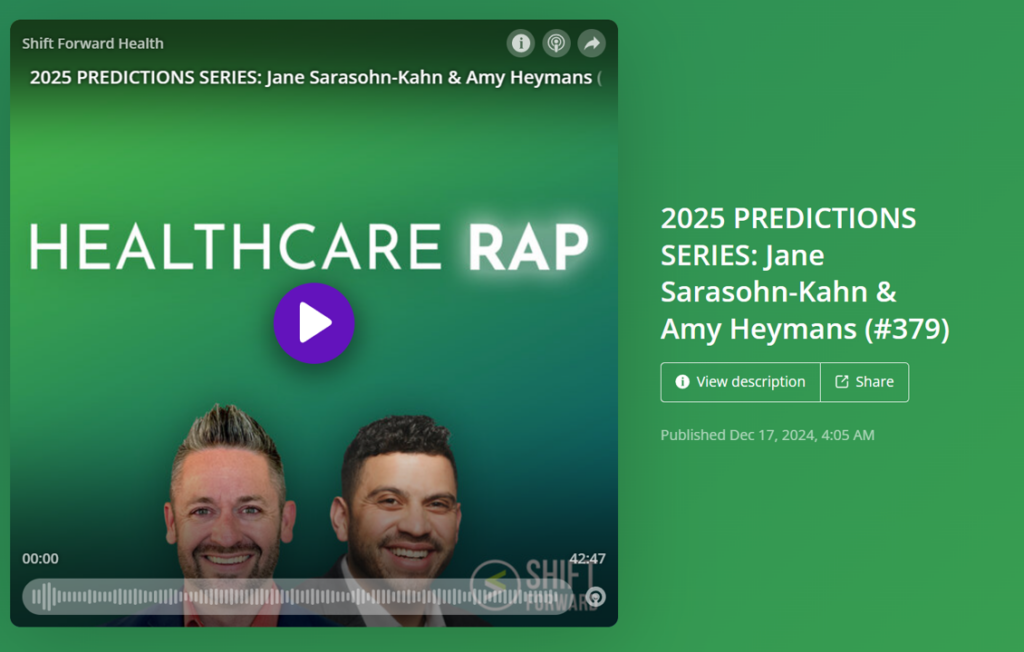The critical headline from the meeting is that, in 2020, there will be a huge rise in the incidence and prevalence of end-stage renal disease (ESRD). The number of Americans wil ESRD in 2020 is expected to be 785,000, an increase of more than 60% from 2005.
The key factor driving the growth of kidney disease is diabetes, in part driven by obesity projections and the aging of baby boomers. The good news on increasing prevalence is that improvements are in the works for patients with kidney disease which enhance survival of patients. For example, starting dialysis at earlier stages of kidney disease may be increasing survival rates.
Kidney disease affects 10% of Americans, who have some family history of end-stage renal disease (ESRD). This updated prevalence rate was reported last April in the Journal of the American Society of Nephrology. The incidence of kidney disease is much greater in African-Americans. A particularly worrisome public health challenge is that the rising rate of diabetes in African-Americans portends a public health crisis.
The economic impact of ESRD in America must be considered in the context of the future of Medicare financing. That’s because, in 1972, Congress expanded Medicare to cover disabled people and people ESRD. Disabled and ESRD enrollees comprised 8% of Medicare population in 1974, and is expected to be 17% of Medicare enrollees by 2010.
“The cost implications are staggering,” according to Dr. Robert N. Foley of the United States Renal Data System. His update on ESRD in the US appears in the October issue of the Journal of the American Society of Nephrology. Dr. Foley says that, “Medicare costs for ESRD reached $20.1 billion” in 2006.
While the technology for treating ESRD patients continues to evolve and improve, prevention could avoid so much of the future costs. The paper points out that, “Ever-increasing numbers of new patients with ESRD tend to suggest that preventive care and health policy practices have been less than optimal.” Nephrologists are hopeful that improvements in preventive care may be helping to reduce diabetes-related kidney disease — but there is not sufficient data to prove this yet.
Health Populi’s Hot Points: ESRD is another example of a disease driven by a complex interplay of factors: aging, diabetes, and heart disease all play significant roles in the projected growth of the disease. While the aging of Boomers is unavoidable as a demographic fact, the quality of aging can benefit from a variety of preventive measures. Furthermore, the growing incidence expected in the African-American population deserves special attention; both quality of life and costs can be preserved if public health programs focus on prevention and health promotion. In considering the future of Medicare financing, the impact of ESRD must be considered as a large, and growing, fiscal challenge.




 For the past 15 years,
For the past 15 years,  Thank you, Feedspot, for
Thank you, Feedspot, for  It's becoming a (beloved) annual tradition for my brilliant friend and health care design maven Amy Heymans as we re-convene for the third year (or is it the fourth?)
It's becoming a (beloved) annual tradition for my brilliant friend and health care design maven Amy Heymans as we re-convene for the third year (or is it the fourth?)